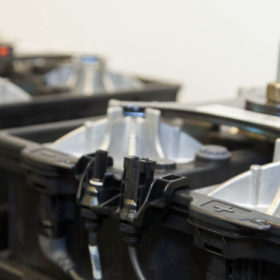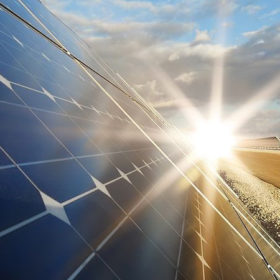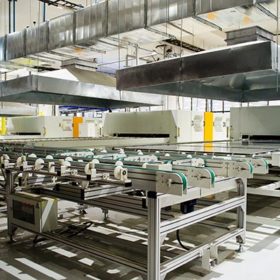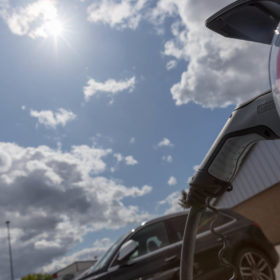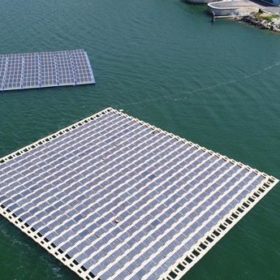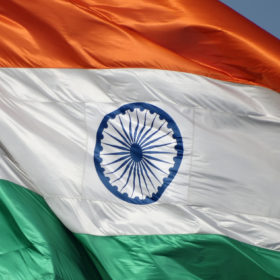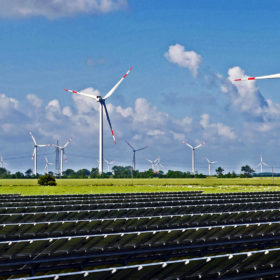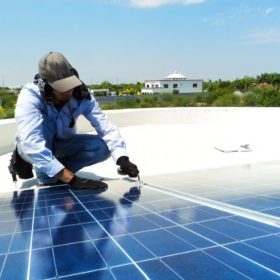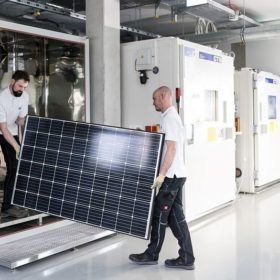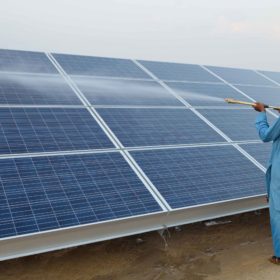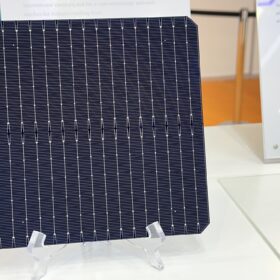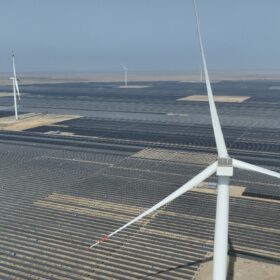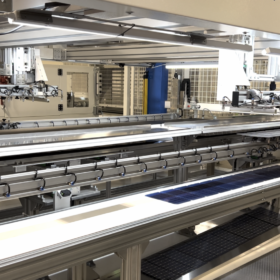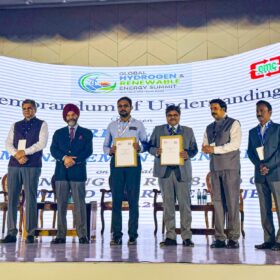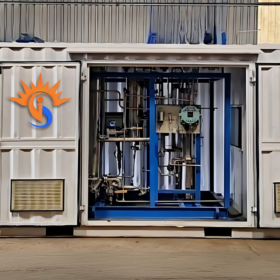Covid-19 impact on India’s energy storage industry
The onset of Covid-19 has brought into focus the critical importance of indigenization and localization of battery cells as a series of disruptions in the supply chain for Li-ion batteries will also affect Indian electric vehicles and stationary energy storage market.
European investor ThomasLloyd, SolarArise launch 75 MWp solar project in Uttar Pradesh
The project—requiring investment of 34.9 million euros—will be built by EPC contractor Jakson with modules supplied from JA Solar.
Tata Power Solar bags 300 MW CPSU II project from NTPC
The grid-connected solar project—scheduled for commissioning in September 2021—is valued at Rs 1730.16 crore and will be developed using Tata Power’s own cells and modules.
How much money can you make with PV-assisted EV charging stations?
A French-Turkish research team has created an economic model to optimize scheduling for solar-powered EV charging units. The proposed model suggests that such projects might be more profitable today than at the end of the decade, depending on a wide range of variables.
SCCL tenders 15 MW (AC) grid-interactive floating solar
May 4 is the deadline to submit bids for the solar capacity which shall come up at the state-owned coal miner’s Singareni Thermal Power Plant storage reservoir (10 MW) and Dorli open-cast project void (5 MW) in Telangana.
WoodMac predicts India’s renewables installation to fall by a fifth due to lockdown
Over 21.6% or 3 GW of solar and wind installations will get delayed due to supply and labour disruptions caused by the ongoing Covid-19 lockdown, according to the analysts which in a January report forecast the country to add over 15 GW of renewable capacity this year.
Covid-19 lockdown: MNRE asks Discoms not to stop payments to renewable power producers
The clarification came after States reacted wrongly to the power ministry’s recent order providing a moratorium on conventional power payments and started stopping payments or curtailing renewable power.
CEL extends EOI submission deadline for solar EPC empanelment
Interested solar EPC contractors can now submit expressions of interest till April 30 to get empaneled with the state-owned Central Electronics Limited.
Preventing PID at 1500 volts
Scientists in Germany have developed a “heavy duty” test to provide insight into the long term effects of potential induced degradation in PV modules. The tests go well beyond those established by IEC standards and seek to guide manufacturers and investors on the best choice of materials – encapsulants in particular – when it comes to long term PID resistance.
Malaysian firm acquires 37.5% stake in Rising Sun Energy
Yinson will pay Rs 554 million (RM32 million) for the stake, and additional funding of Rs 600 million (RM35 million) to repay certain outstanding liabilities of the Indian independent power producer which has two plants in the massive Bhadla Solar Park.
